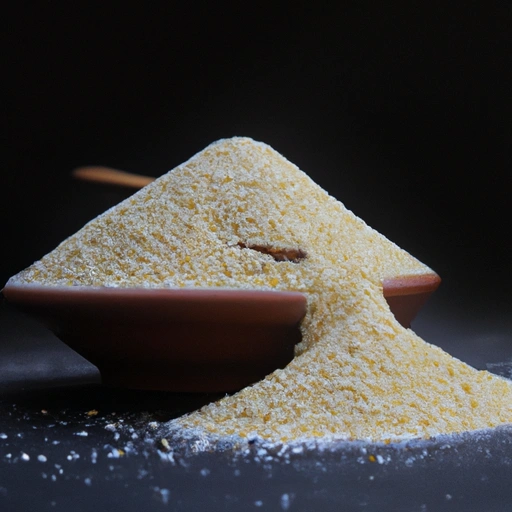Rice Bran
Description

Rice bran is the nutrient-rich outer layer that surrounds the endosperm of whole grain brown rice. While often discarded during the white rice milling process, rice bran has garnered attention as a health supplement and versatile ingredient in both cooking and baking. Its subtle, nutty flavor and high nutritional value make it a valuable addition to many dishes.
Common uses
Rice bran is commonly used as a dietary supplement, in baking, and as an ingredient in cereals and smoothies. It is also found in skincare products for its high antioxidant content.
Nutritional value
Calories
Rice bran contains approximately 316 calories per 100 grams (3.5 oz / about 3/4 cup).
Protein
It provides about 13-20 grams of protein per 100 grams (3.5 oz / about 3/4 cup).
Fat
Rice bran is high in fats, with about 20-25 grams per 100 grams (3.5 oz / about 3/4 cup), mainly consisting of heart-healthy unsaturated fats.
Carbohydrates
There are about 49 grams of carbohydrates in every 100 grams (3.5 oz / about 3/4 cup) of rice bran, which includes a significant amount of dietary fiber.
Vitamins
It is a rich source of B-vitamins, particularly B6 and niacin (B3).
Minerals
Rice bran is also high in essential minerals such as magnesium, phosphorus, iron, and zinc.
Health benefits
Rice bran offers various health benefits due to its high levels of vitamins, minerals, and antioxidants. It supports cardiovascular health, aids digestion, helps in managing blood sugar levels, and may have anti-inflammatory properties.
Potential risks
While rice bran is generally considered safe for most people, it may interfere with medication absorption if consumed in large quantities. Additionally, individuals with rice allergies should avoid rice bran. It is also higher in calories and fat compared to other grain brans, which should be taken into consideration for those monitoring their caloric intake.
Common recipes
Rice bran can be added to baked goods such as bread, muffins, and cookies for added nutrition. It's also used in the preparation of traditional Japanese pickles and as a base for smoothies and shakes.
Cooking methods
It can be incorporated into hot cereals or used as a breadcrumb substitute in recipes. When cooking with rice bran, it can be toasted to enhance its nutty flavor before adding to dishes.
Pairing with other ingredients
Rice bran pairs well with whole grain foods, nuts, and seeds. It can be mixed with other flours for a nutritional boost in baking or sprinkled over yogurt and salads for added crunch and fiber.
Summary
Rice bran is a versatile and nutritious ingredient that can enhance the nutritional profile of various dishes. It offers a range of health benefits, from improving heart health to aiding digestion. With its growing popularity across the globe, rice bran is a valuable addition to both traditional and modern recipes.